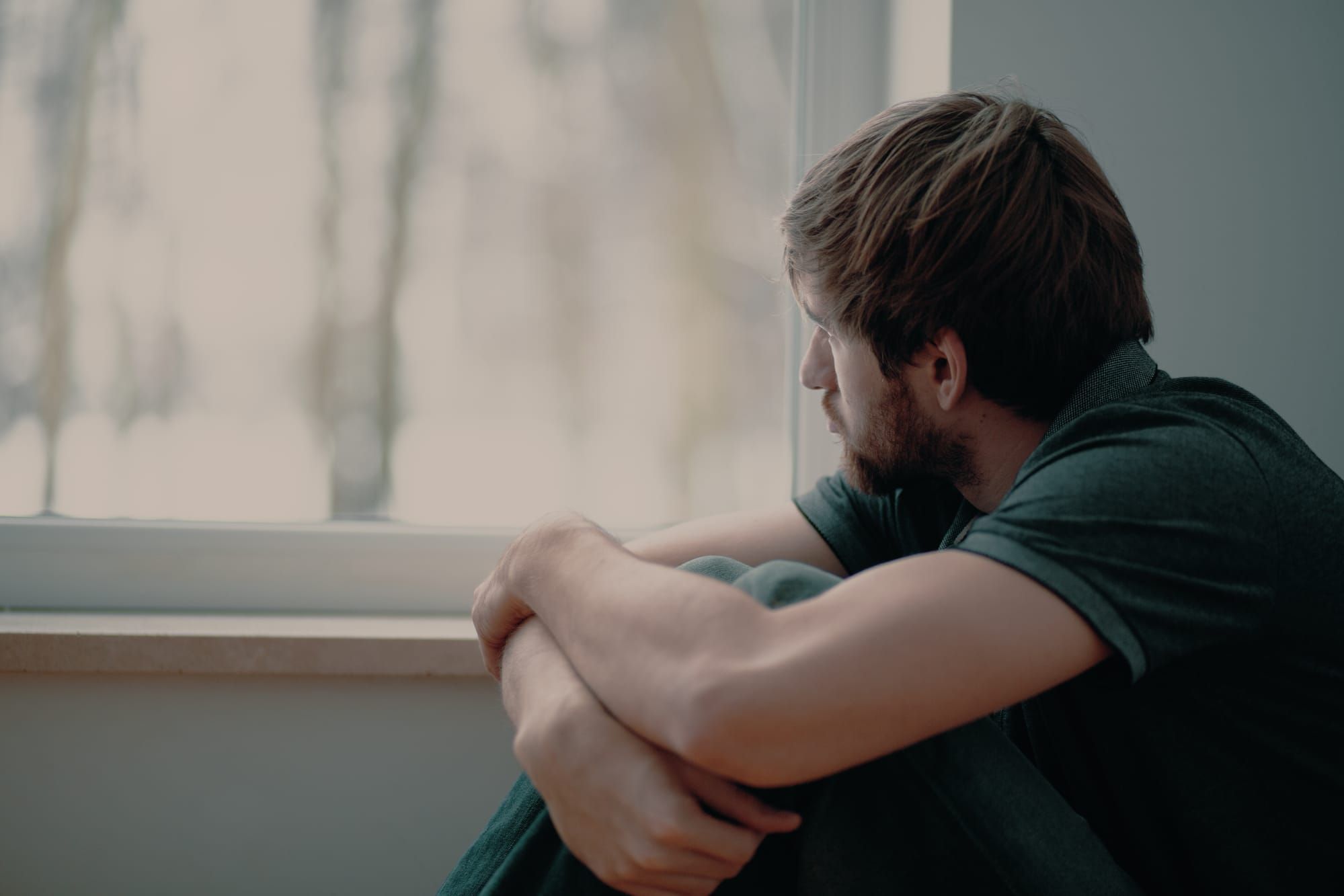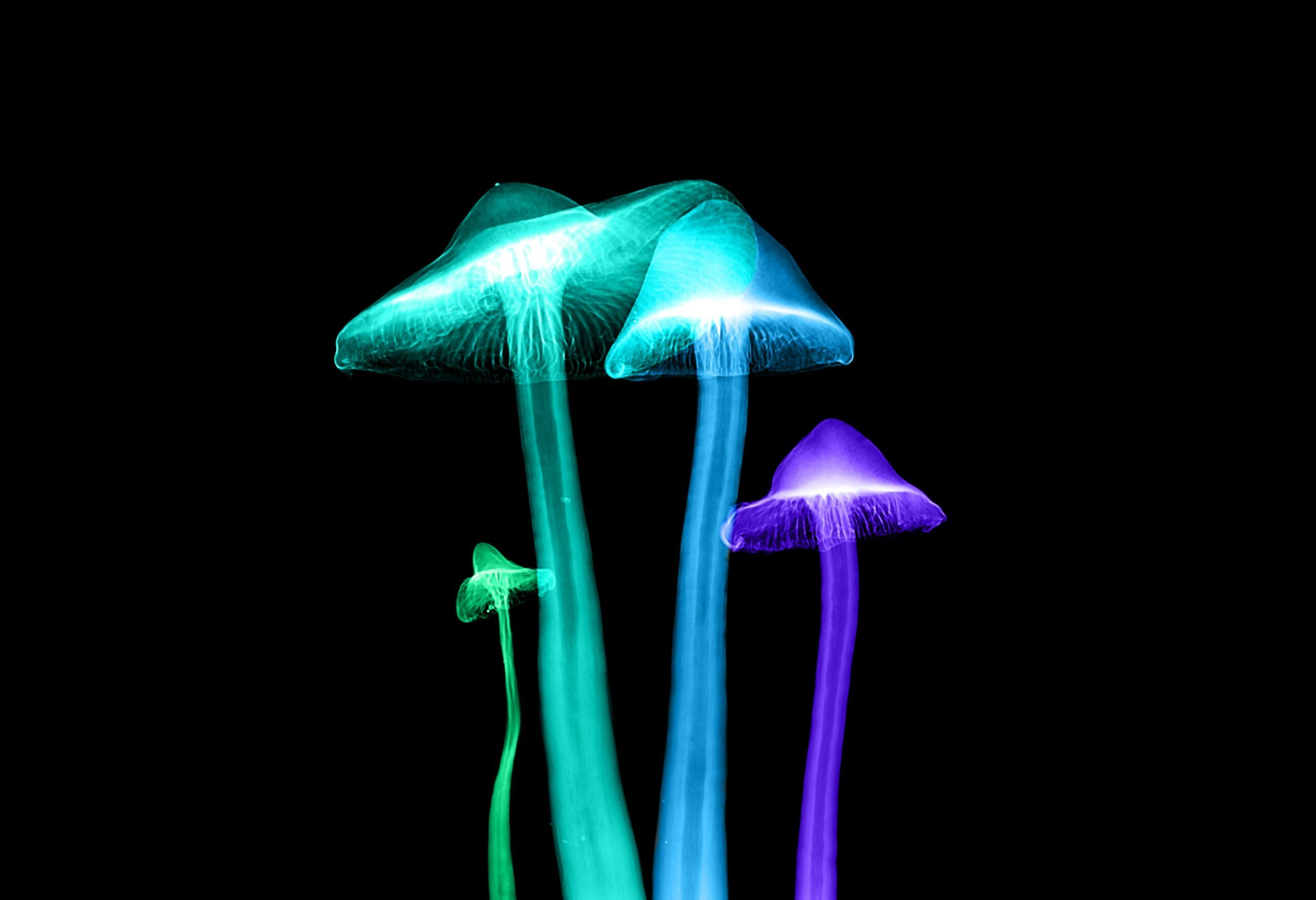What Is the Best Way to Treat PTSD?
Statistics show that approximately six out of every 100 people have post-traumatic stress disorder in the United States. This condition can affect various aspects of your life and make coping extremely difficult. When it comes to overcoming the symptoms of PTSD, it is important to have a proper diagnosis and set up an individualized treatment plan that aims to help individuals heal from the pain of the past.
What Is PTSD?
Post-traumatic stress disorder is a condition where someone continues to relive the trauma of something that happened in the past. The condition can last for months or years, and the person suffering may not realize or understand the source of the trauma.
There are many myths about PTSD, such as that only people who have been through war can suffer from it, but PTSD can affect anyone who has suffered a traumatic incident. The person with PTSD may be affected by triggers in the environment or suffer on a daily basis. Some people with PTSD experience nightmares and problems sleeping. It is important to understand how it manifests so you can plan to treat it.
Diagnosing PTSD
Before you can treat a condition, you must correctly diagnose it. Diagnosing PTSD can be difficult, especially if the patient has been putting it off for a long time. An entire narrative may be built up around the symptoms, but a competent professional can diagnose the condition.
Before looking for a psychological diagnosis, it is essential to rule out physical causes. For this reason, most doctors will perform a physical exam first. After that physical exam, there will be a psychological exam, where the patient answers questions about background and symptoms.
For a diagnosis of PTSD, our mental health professional will look for the original cause. The patient will need to identify the traumatic event. For the diagnosis, the patient must have personally experienced the traumatic event, whether physically or by watching it happen to someone else. The other person could be a loved one who you learned about the event after the fact. Finally, for a diagnosis, the problems must persist for at least a month after the qualifying event to count.
Treatments for PTSD
There are several different kinds of treatment for PTSD, and what works for one person may not work for another. Some treatments work better than others, but even the best treatments will not provide relief for everyone. It is essential to commit to a treatment plan so that you can get relief from the problems that are continuing to cause you trauma.
Cognitive Behavioral Therapy
Cognitive Behavioral Therapy (CBT) is the most effective treatment for PTSD for most people. During CBT, the patient focuses on the relationship between thoughts and the feelings that accompany them, learning to change how they think about specific events and situations.
Once someone learns how to change their way of thinking or viewing a specific situation, they have the ability to alter their response effectively. Learning healthier behaviors in one aspect of life can help the patient learn healthier behaviors in other areas.
Cognitive Processing Therapy
Cognitive Processing Therapy (CPT) is a subset of CBT where the patient learns how to change behaviors and beliefs specifically related to the trauma. Unlike regular CBT, CPT is usually delivered over a smaller number of sessions. The patient will schedule a specific number of sessions, during which the therapist will work with the patient on specific goals.
Cognitive Therapy
During cognitive therapy, a patient learns to look at past traumas differently. Instead of looking at the situation pessimistically, the patient will learn how to interrupt the normal thought patterns and control them more positively.
Prolonged Exposure
Although prolonged exposure can be traumatic for some patients, it can help some people find relief. This treatment involves having the patient deliberately focus on memories that are considered traumatic instead of avoiding them. This can be done little by little, building up exposure over time. This treatment can help some patients learn new ways to process their memories so that they are not scared or traumatized by them. Repeat exposure helps patients change their way of thinking about a specific event, which can help provide them relief.
Treatment Resistant Cases
In addition to the treatment mentioned above, therapists have several types of therapy that they will use in cases where other treatment methods are not as effective or have failed. These can include the following.
Eye Movement Desensitization and Reprocessing (EMDR)
During this kind of treatment, the patient focuses on the traumatic memories while experiencing a specific type of stimulation (usually via eye movements). This kind of treatment happens 1-2 times weekly for 6-12 sessions.
Narrative Exposure
Narrative exposure therapy, also known as NET, is a type of trauma therapy that leverages the power of storytelling to help patients heal from past traumatic events. During NET, therapists and patients worked to create a chronological narrative of various life events. During this therapy, they will integrate all of the experiences from the traumatic event and view them in a more positive way. This therapy uniquely focuses on recognizing and creating an account of what happened in a way that can help a patient recapture their self-respect.
Medications
Although they have not all been fully approved for the treatment of PTSD, there are several different kinds of medication that some psychiatrists prescribe that successfully help some patients. These drugs include sertraline, which is also used for depression, and fluoxetine, which is used for several disorders.
Don’t Wait to Start Your Recovery Process
It is no secret that suffering from PTSD can interfere with every area of your life. At Inner Voyage Recovery Center, our experts in Woodstock, GA, understand how difficult it can be to deal with this kind of recurring trauma. For this reason, our team has several trusted ways that can help you deal with your post-traumatic stress disorder symptoms, and we want to work with you to find the treatment plan that can help you find relief.
Get started today by calling (470) 523-4606 to speak with our team about admissions.
 Mon - Fri 8:00 AM to 6:30 PM
Mon - Fri 8:00 AM to 6:30 PM









